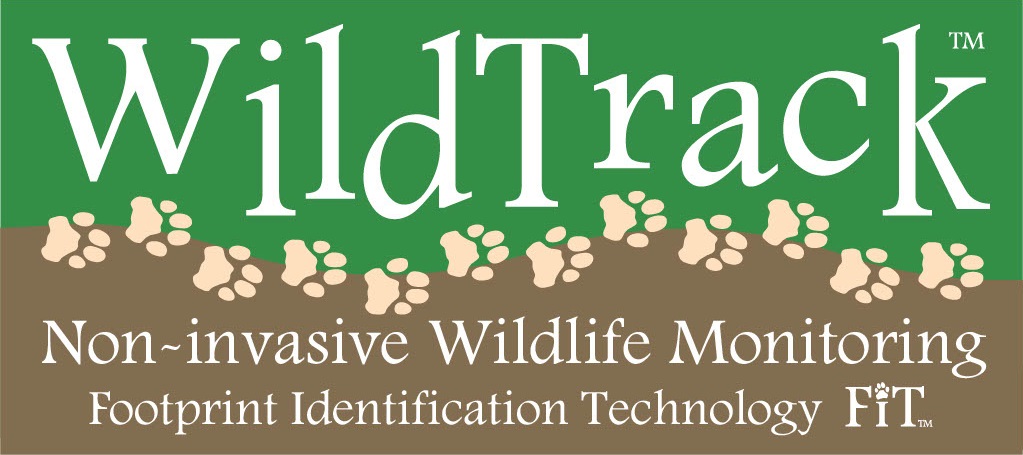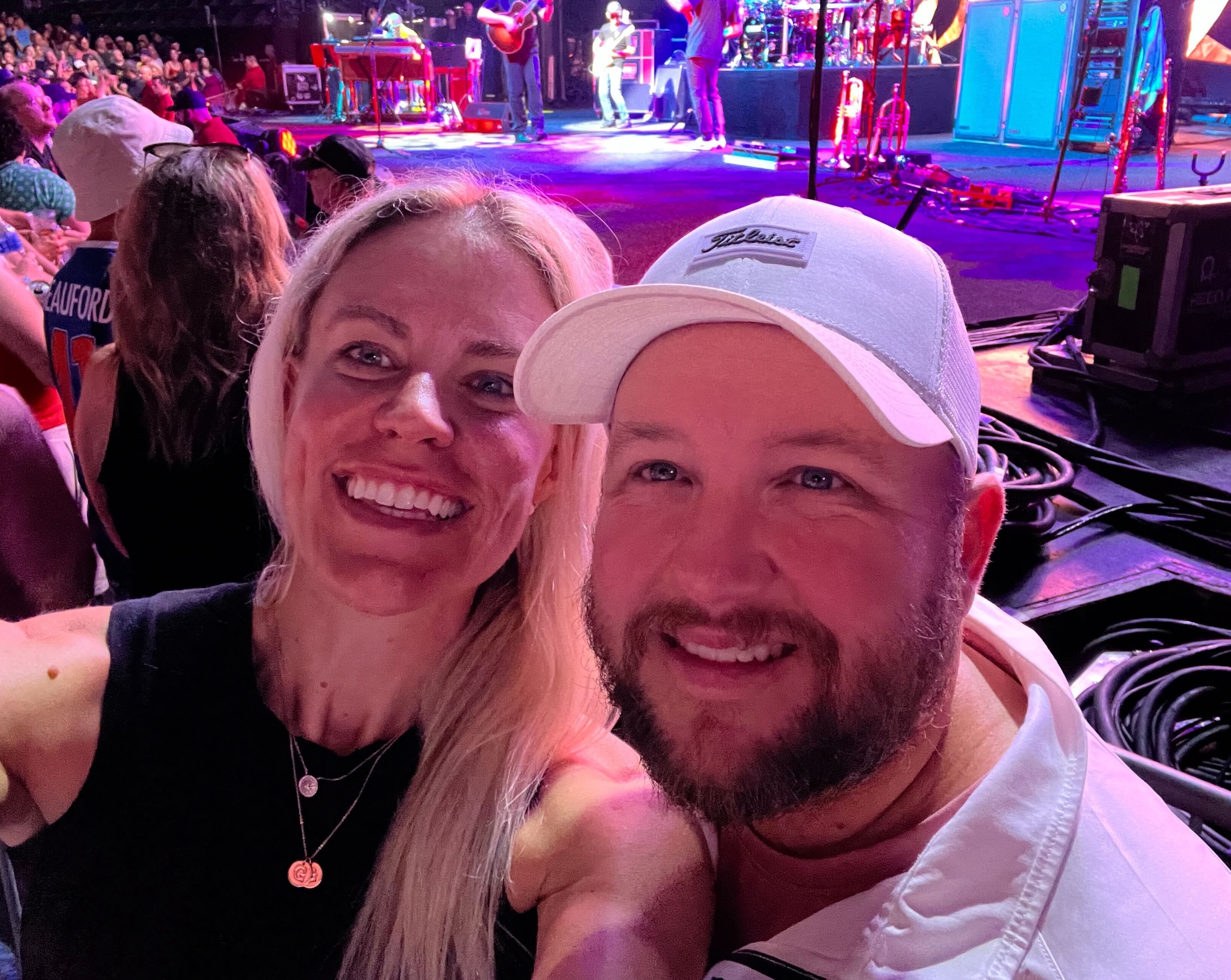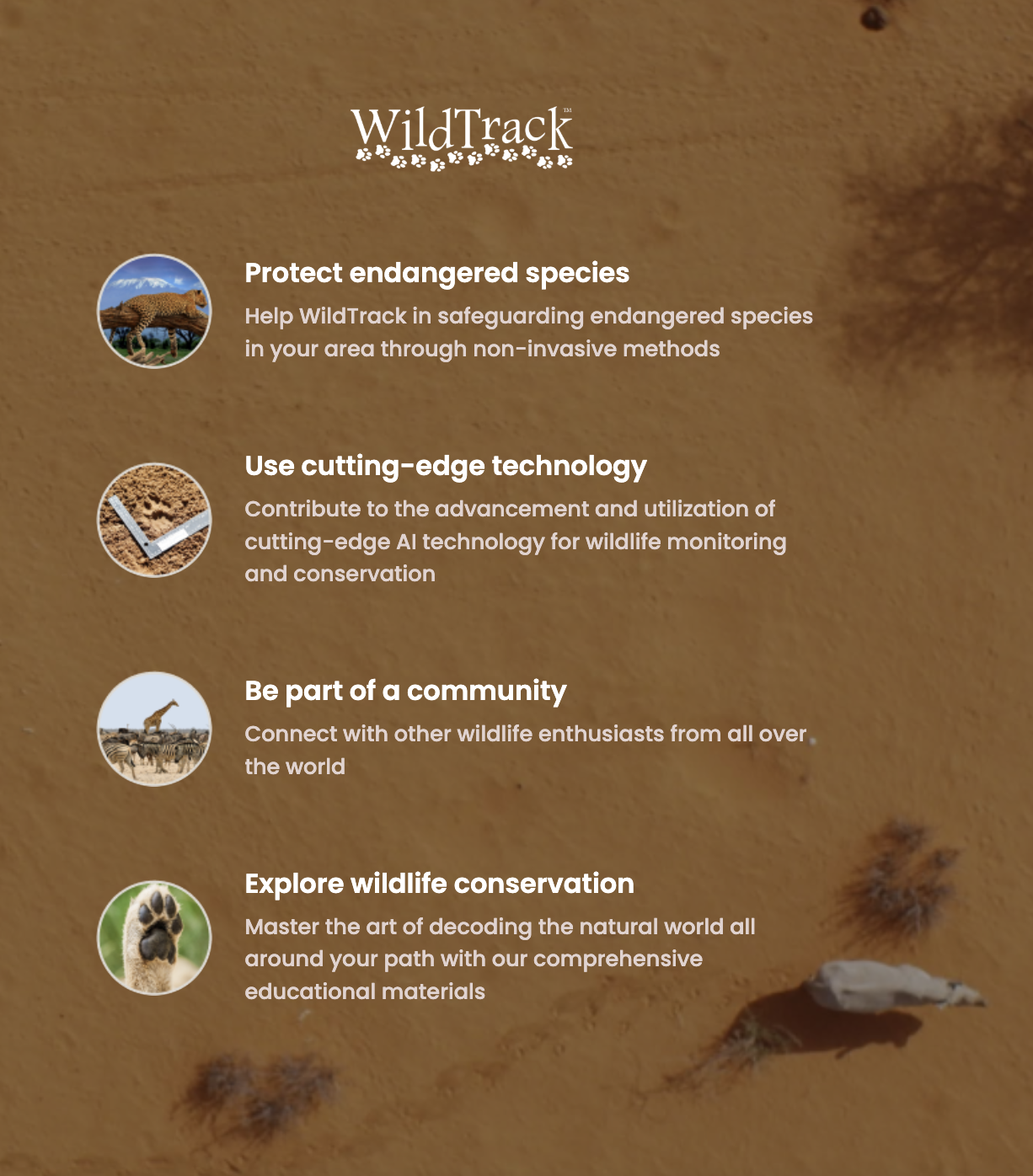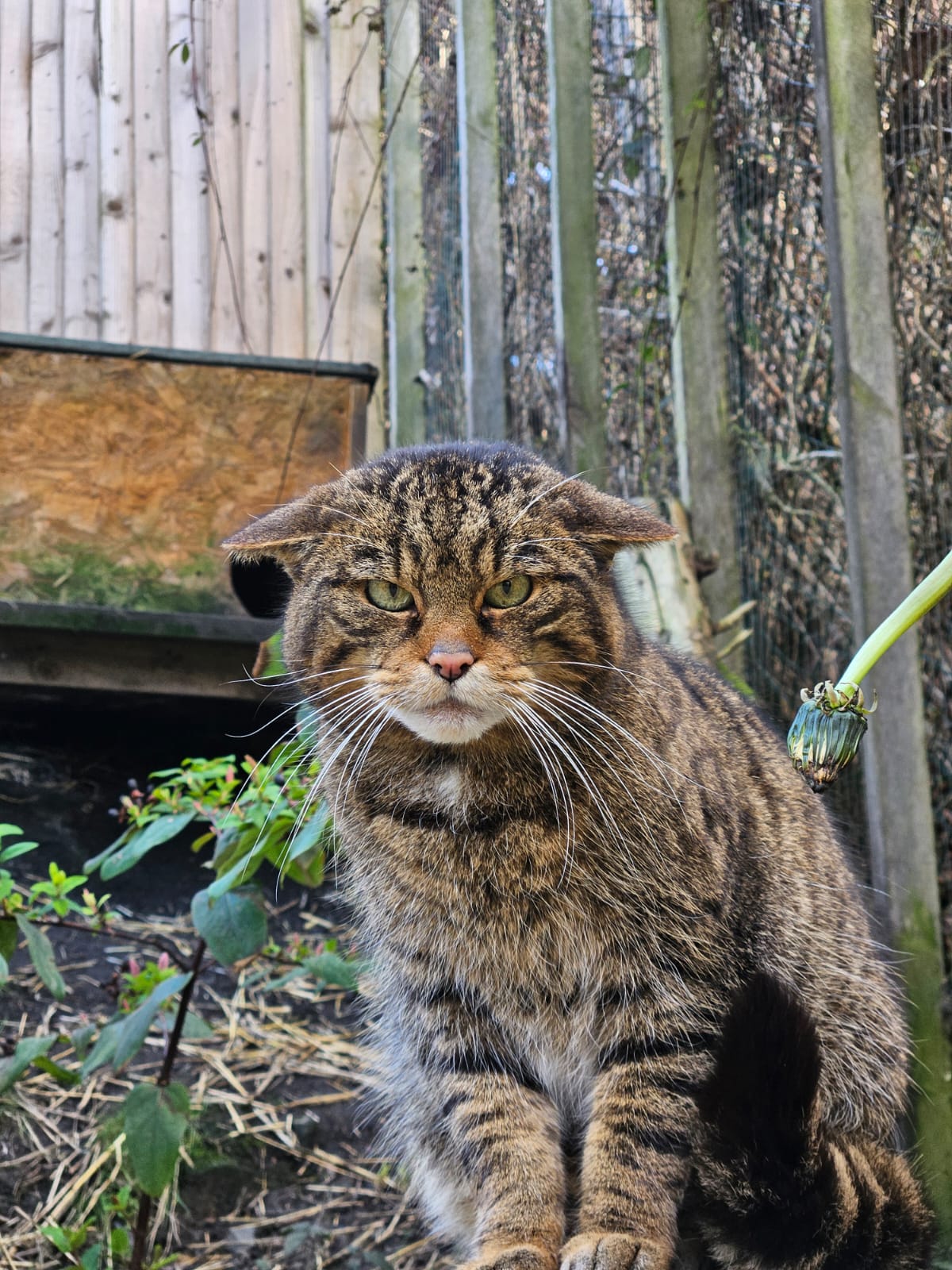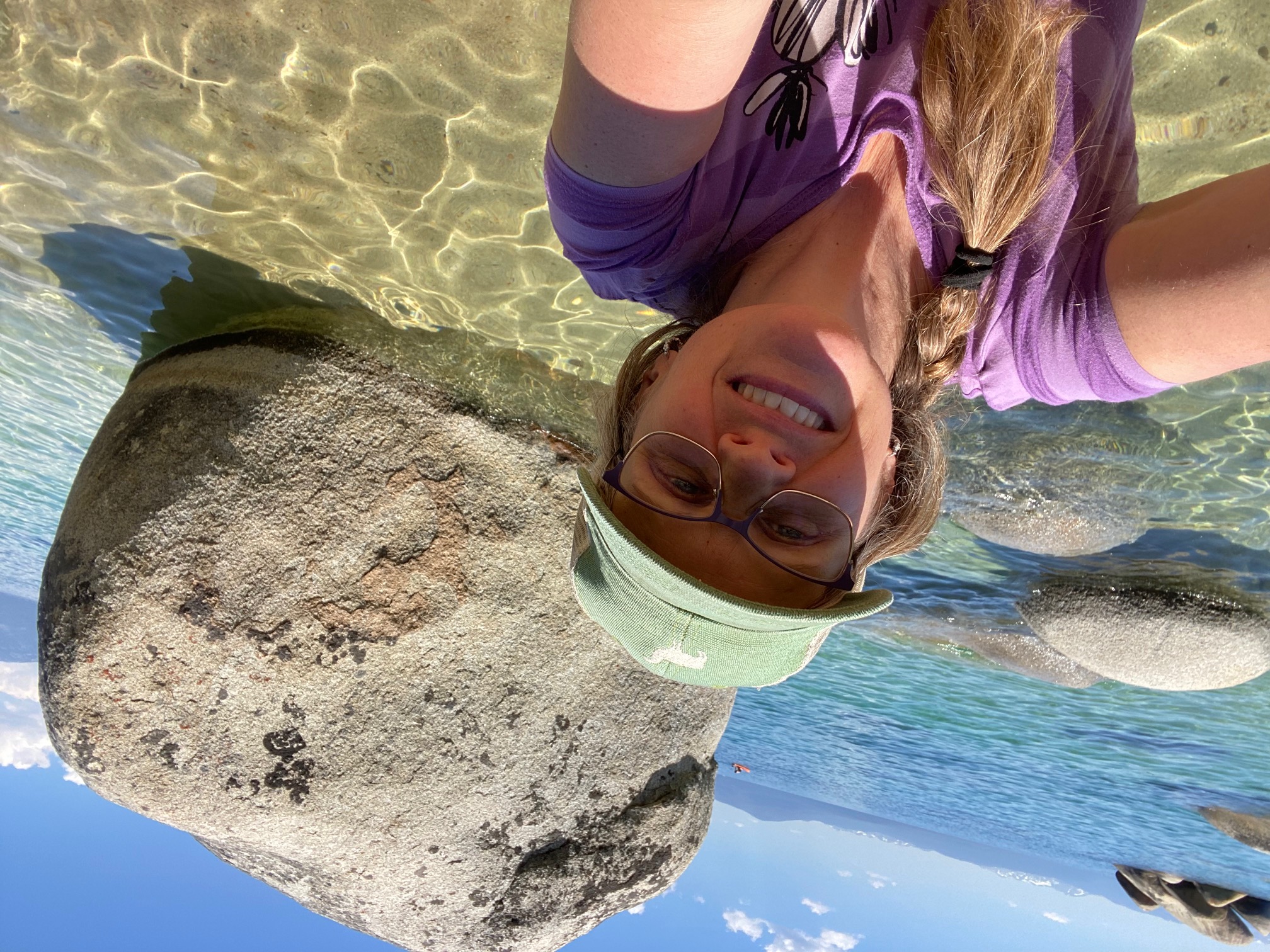Predators and Prey: A different take on the expected....
The relationship between predators and prey is the first thing we’re taught about food chains in the complex web of ecology. Small mammals, like mice, are prey to cats. Hyenas with their bone-crushing jaws are apex predators. But in the process of collecting data for two of our new projects, featured in beautiful glossy conservation magazines, we learn a more nuanced story.
Ryan Truscott has written in Hakai magazine about our new project working with Marie Lemerle, a PhD student, to identify brown hyena from their footprints. Marie spends hours and hours watching brown hyena on Namibia’s remote Skeleton coast, and has noticed that very often they bear severe injuries and even fatalities from their interactions with other hyena that they have fallen ‘prey’ to in fights over food.
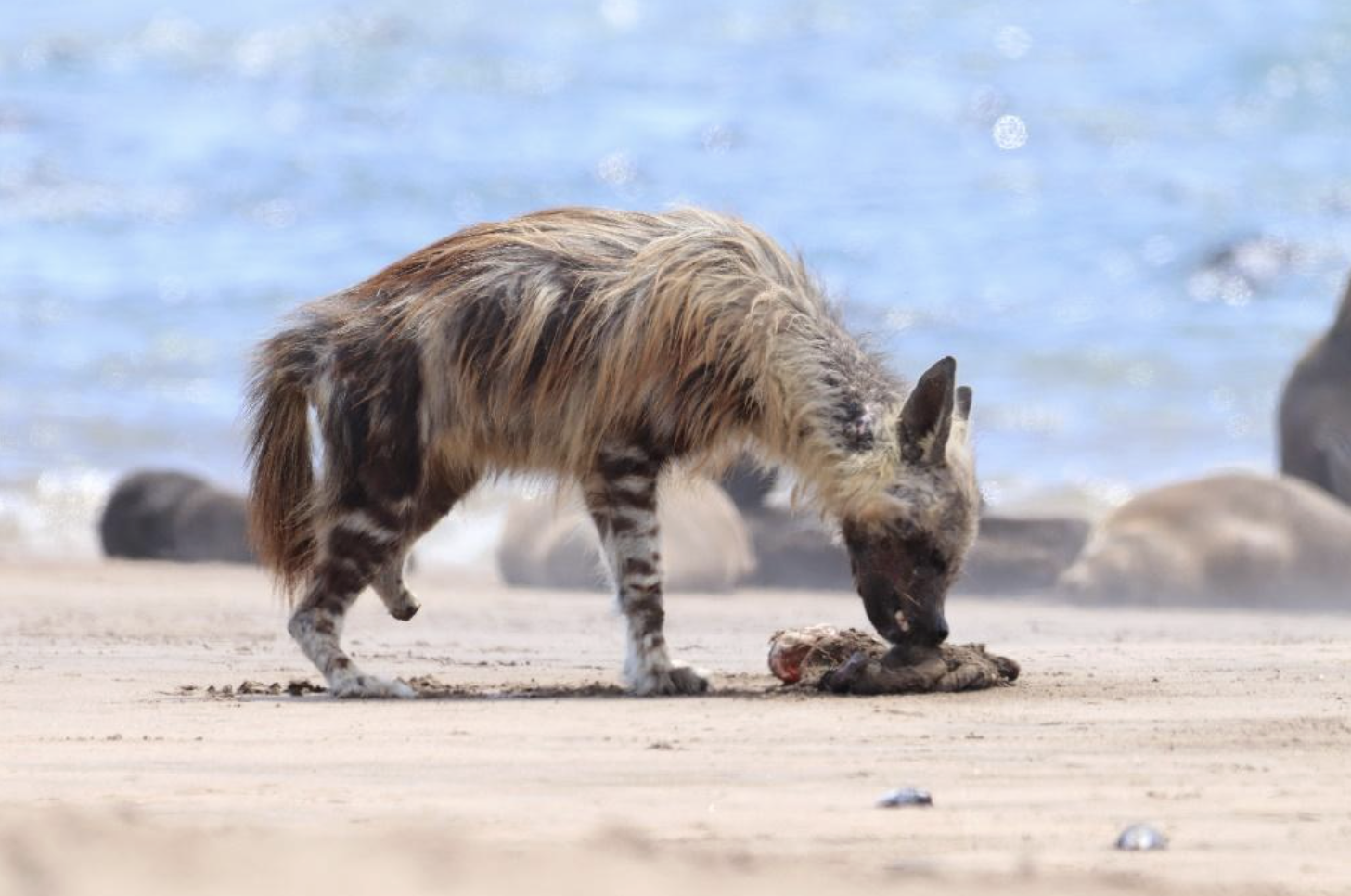 A brown hyena missing part of a leg after a fight
A brown hyena missing part of a leg after a fight
At the other end of the size scale, our project working with small mammals in South Africa, recently featured in Ubuntu magazine (p50-61) tells us that yes, small mammals are a huge prey source for large carnivores, but equally they have a huge predatory influence on insects and sometimes other small mammal, as well as having key roles in the ecosystem as seed dispersers, nutrient recyclers, and - for us - indicators of ecosystem integrity.
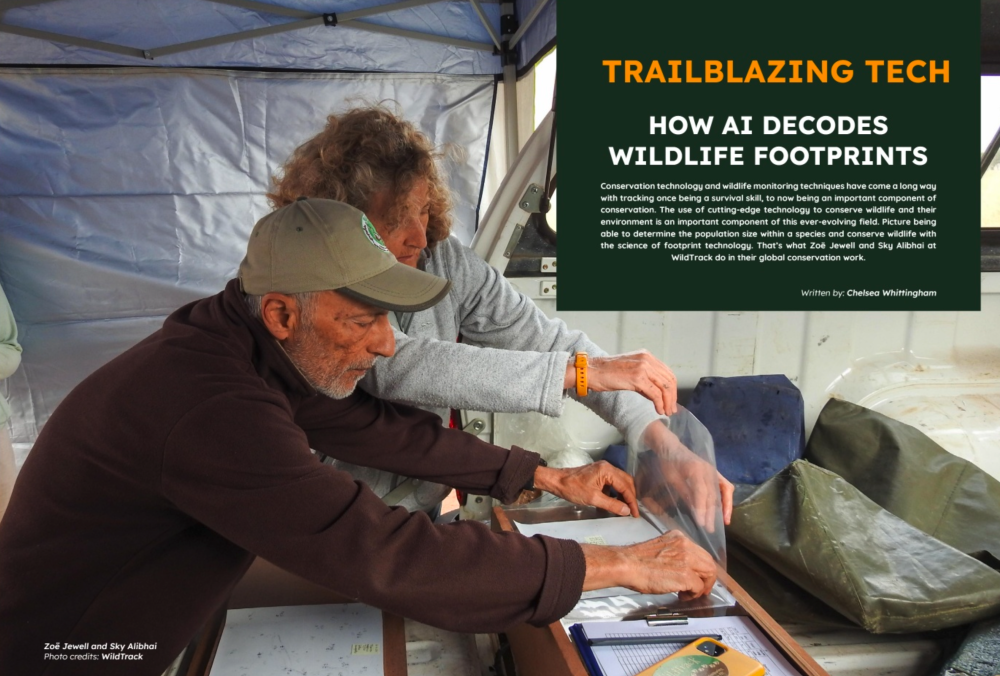
Ecosystems are incredibly intricate, yet if we are to protect them effectively reliable data is key. That’s where careful observation, and community engagement coupled with non-invasive and cost-effective technologies, can really make a difference.

